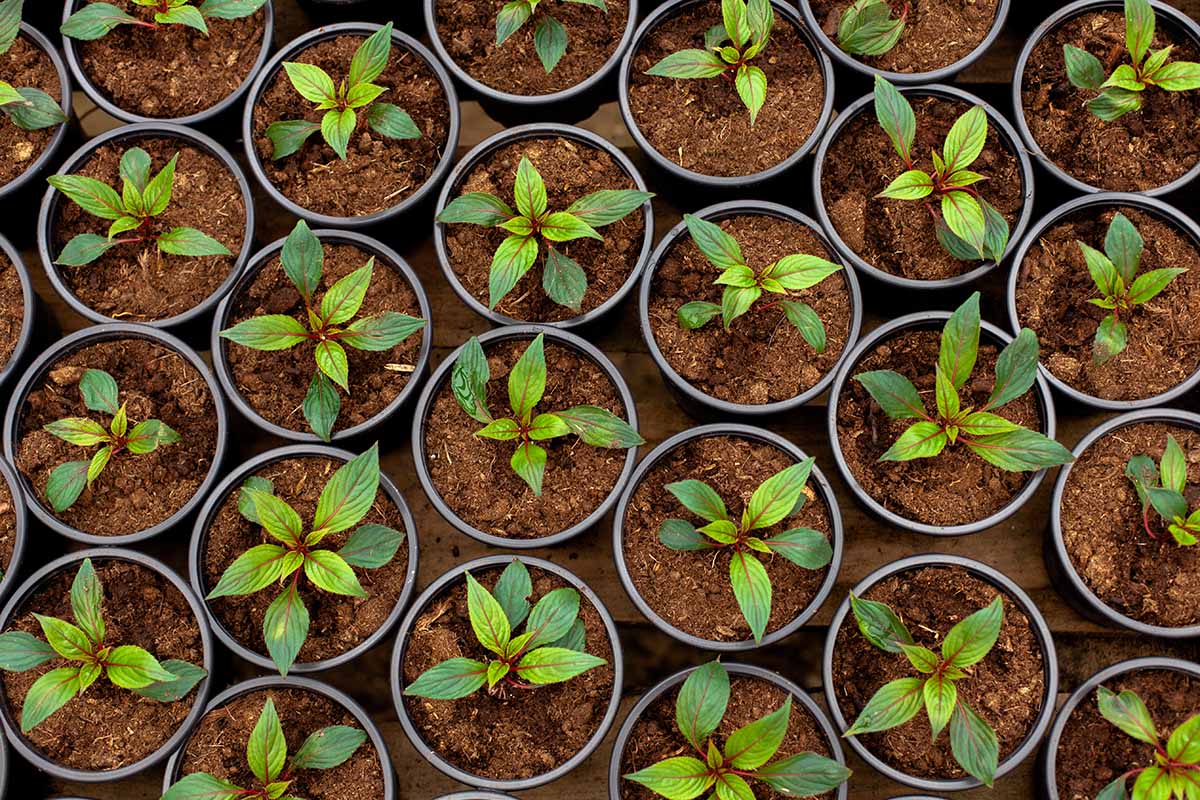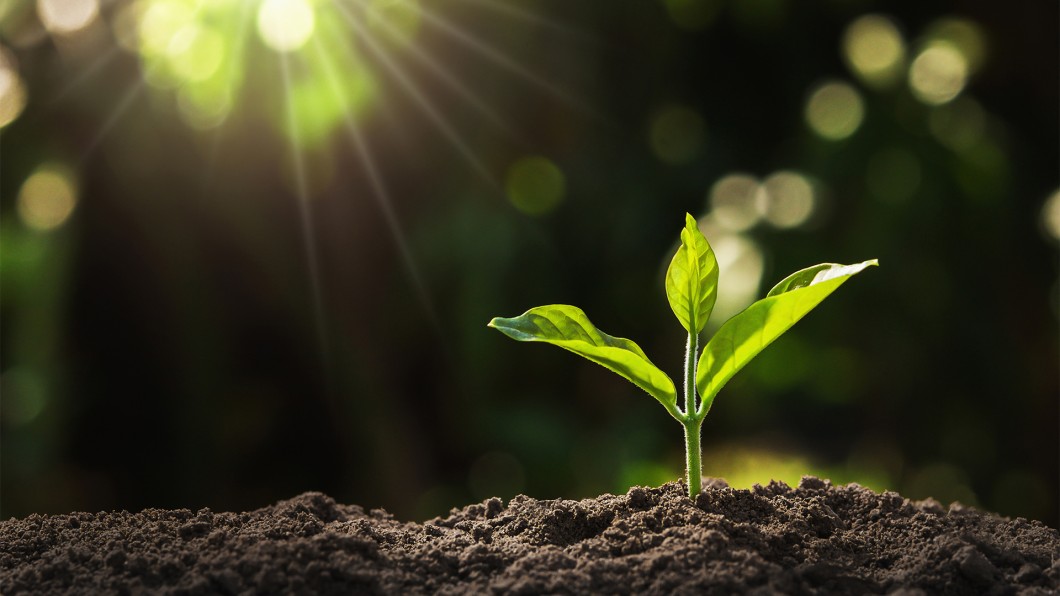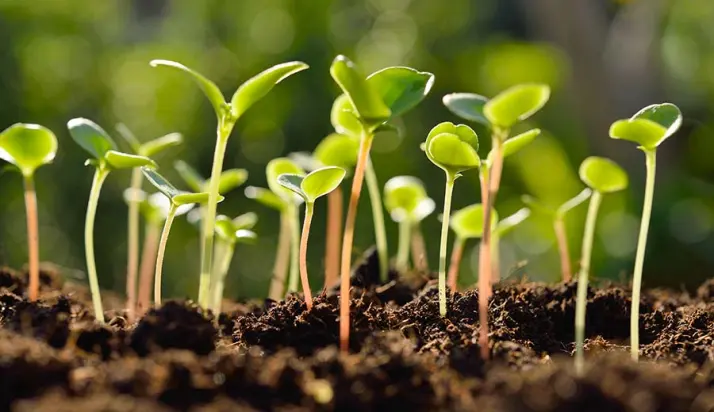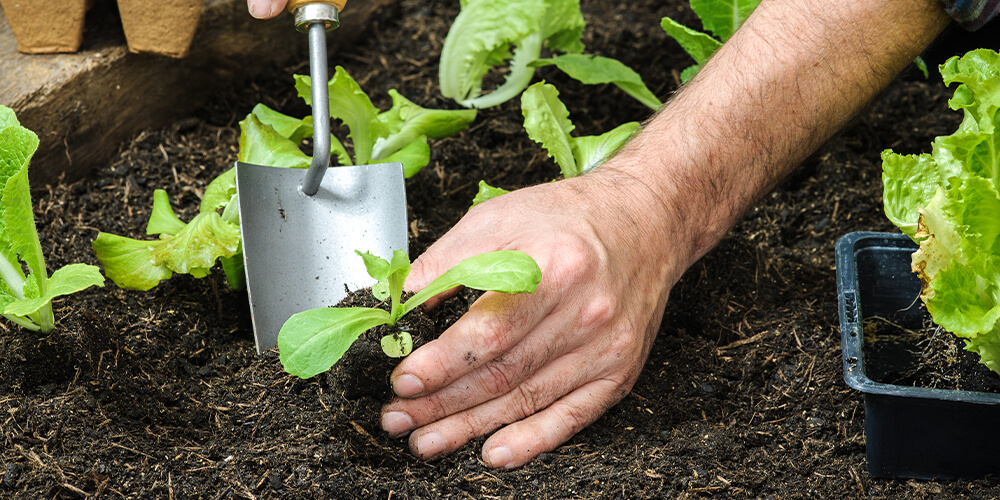Growing impatiens from seed is an incredibly rewarding experience that allows you to enjoy a garden bursting with vibrant colors. These shade-loving flowers are perfect for adding a splash of color to those darker corners of your garden. Whether you’re a seasoned gardener or just starting out, learning how to grow impatiens from seed is a skill that will serve you well. This guide will walk you through every step, ensuring your impatiens thrive.
How to grow impatiens from seed
Growing impatiens from seed may seem daunting at first, but with the right steps, you’ll find it’s easier than you think. Let’s break down the process.
Choosing the Right Seeds
The first step in learning how to grow impatiens from seed is selecting the right variety. Impatiens come in many colors and forms, so consider the following:
- Standard Impatiens (Impatiens walleriana): These are the most common and are perfect for shady garden beds.
- New Guinea Impatiens (Impatiens hawkeri): These are more sun-tolerant and come in larger, brighter blooms.
- Double Impatiens: These have a more rose-like appearance and add a touch of elegance.
Ensure that you purchase your seeds from a reputable supplier to guarantee high germination rates and healthy plants.

Setting Up Seed Starting Containers for Impatiens

Choosing Containers
When starting impatiens seeds, it’s essential to select the right containers. Choose shallow trays or small pots that have drainage holes at the bottom. These holes are crucial because they prevent water from pooling at the base, which can lead to waterlogging and damage to the seeds. Proper drainage ensures that the seeds have a healthy environment to germinate.
Preparing the Seed-Starting Mix
Instead of using regular garden soil, opt for a seed-starting mix. This mix is specifically formulated to be lightweight and to provide excellent drainage, both of which are vital for the successful germination of seeds. Garden soil can be too dense and may retain too much moisture, which can hinder seed growth. A seed-starting mix gives the seeds the best chance to thrive.
Sowing Impatiens Seeds

Step-by-Step Sowing Process
- Moisten the Seed-Starting Mix: Before you begin sowing, lightly moisten the seed-starting mix. It should be damp but not soaking wet. This helps the seeds to adhere to the soil surface and ensures they have the necessary moisture to begin germinating.
- Sow Seeds: Evenly sprinkle the impatiens seeds over the surface of the moist soil. After sowing, gently press the seeds into the soil with your fingers. Do not cover the seeds with soil, as impatiens seeds require light to germinate. Covering them can prevent them from sprouting.
- Water Gently: After sowing, use a spray bottle to mist the soil lightly. The goal is to keep the soil moist without oversaturating it, which could wash away the seeds or cause them to rot.
Optimal Soil Conditions
It’s important to maintain consistent moisture levels in the soil during the germination process. Keep the soil evenly moist but be careful not to overwater. Excessive moisture can lead to mold growth or seed rot, both of which can ruin your chances of successful germination.
Creating the Right Growing Environment

Temperature Requirements
Impatiens seeds need a warm environment to germinate effectively. The ideal temperature range is between 70-75°F (21-24°C). If your growing area is cooler than this, consider using a seedling heat mat to maintain a stable temperature. Consistent warmth encourages the seeds to sprout more quickly and uniformly.
Lighting Conditions
Place your seed trays in a location with bright, indirect light. If natural light is insufficient, especially during winter months, you can use grow lights to provide the necessary light. Aim to give the seedlings 12-16 hours of light each day. Adequate lighting supports healthy seedling development and prevents them from becoming leggy or weak.
Germination and Early Care

What to Expect During Germination
Germination typically occurs within 7-14 days. During this period, keep the environment stable and avoid disturbing the seeds.
Common Germination Issues
If seeds are not germinating, check for proper moisture, temperature, and light conditions. Adjust these factors as needed to encourage successful germination.
Seedling Care and Management
Transplanting Seedlings
Once seedlings have developed at least two sets of true leaves, they are ready to be transplanted into larger pots. This allows them to grow stronger before moving to their final outdoor location.
Nurturing Young Plants
Continue to provide bright, indirect light and regular moisture. Gradually acclimate seedlings to outdoor conditions by exposing them to fresh air and sunlight.
Managing Pests and Diseases
Common Pests
Monitor for pests such as aphids, spider mites, and whiteflies. Treat infestations with insecticidal soap or neem oil to keep pests under control.
Disease Prevention and Treatment
Common diseases affecting impatiens include powdery mildew and downy mildew. Ensure good air circulation around plants and avoid overhead watering to prevent these issues.
Transplanting to Garden or Pots

When to Transplant
Transplant impatiens outdoors once the risk of frost has passed and the seedlings are well-established, typically 6-8 weeks after sowing.
Preparing the Planting Site
Choose a location with the appropriate light conditions based on the impatiens variety you’ve grown. Prepare the soil by mixing in compost to improve drainage and nutrient content.
Ongoing Maintenance and Care
Fertilization and Feeding
Feed impatiens with a balanced, water-soluble fertilizer every 4-6 weeks during the growing season. This promotes healthy growth and abundant flowering.
Pruning and Deadheading
Regularly remove spent flowers (deadheading) to encourage continuous blooming. Prune plants as needed to maintain their shape and prevent overcrowding.
Seasonal Tips
Care in Spring and Summer
Ensure impatiens receive adequate water during warmer months and provide shade during the hottest part of the day. Mulching can help retain soil moisture.
Preparing for Fall and Winter
As temperatures drop, reduce watering and prepare your plants for cooler weather. In colder climates, consider bringing potted impatiens indoors or using frost protection for outdoor plants.
Troubleshooting Growth Problems
Addressing Common Issues
Leggy or weak plants often indicate insufficient light or overcrowding. Adjust light conditions and spacing to promote healthier growth.
Fixing Leaf Discoloration and Other Problems
Yellowing leaves may signal overwatering or nutrient deficiencies. Adjust watering practices and ensure proper fertilization to resolve these issues.
Understanding the Growing Conditions
In addition to the detailed process of how to grow impatiens from seed, understanding the ideal growing conditions is vital.
Light Requirements
Impatiens thrive in shaded areas, making them perfect for gardens with limited sunlight. However, New Guinea impatiens can tolerate more sun.
Soil Conditions
The soil should be rich in organic matter, well-draining, and slightly acidic to neutral in pH. A soil test can help you determine if any amendments are needed.
Watering Needs
Regular watering is crucial, but the soil should not be soggy. Impatiens are sensitive to drought, so consistent moisture is key.
Common Mistakes to Avoid
When learning how to grow impatiens from seed, be mindful of these common mistakes:
Overwatering
Too much water can lead to root rot and fungal diseases. Always check the soil moisture before watering.
Crowding Seedlings
Give your seedlings enough space to grow by thinning them out as needed.
Ignoring Light Requirements
Make sure your impatiens get the right amount of light, whether in shade or partial sun, depending on the variety.
Conclusion
Growing impatiens from seed is a rewarding journey that brings vibrant color to your garden. By following these steps on how to grow impatiens from seed, you’ll be well on your way to enjoying beautiful, healthy plants that brighten up any shady spot. Whether you’re a novice gardener or an experienced green thumb, the process of nurturing impatiens from seed to bloom is sure to bring you joy and satisfaction.

Related articles
Top 5 Spring Tree Pests: Identifying and Managing Common Threats
How to Grow Virginia Creeper: A Complete Guide
How to care for cyclamen from the expert
Detailed instructions: How to care for propagated plants
Understanding tree diseases: Identification, prevention, and treatment
Detailed instructions: How to care for fruit trees
Detailed instructions how to grow winter vegetables
How to propagate an aloe plant: a detailed guide to the methods